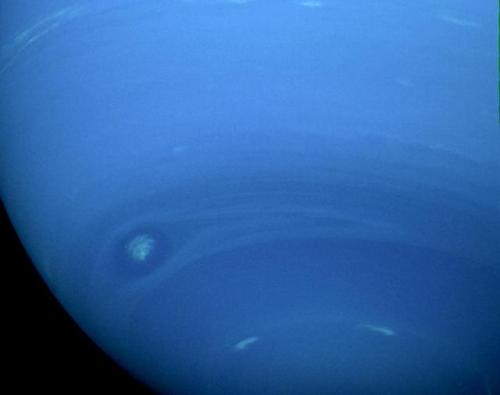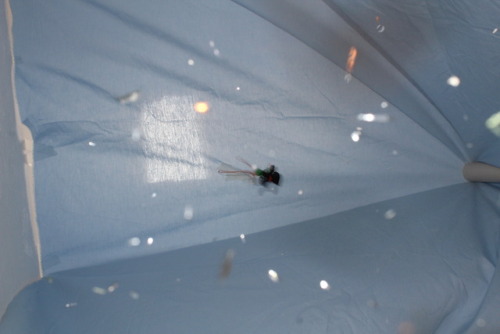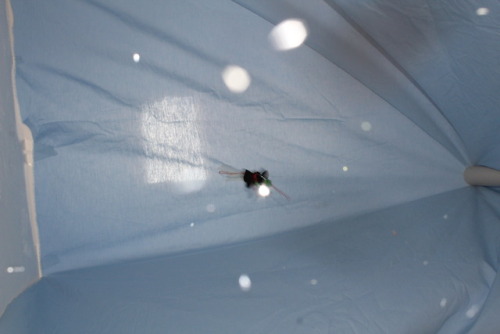Monecky - Grandes Sonhos







More Posts from Monecky and Others

That view though. Oval storms dot the cloudscape in this enhanced color JunoCam image of Jupiter’s south pole.
This citizen scientist-processed image was taken on Dec. 11, 2016, from an altitude of about 32,400 miles above the planet’s cloud tops.




On that day in 1957 was launched the satellite Sputnik 1, the Earth’s first artificial satellite.
The Soviet Union launched it into an elliptical low Earth orbit on 4 October 1957, orbiting for three weeks before its batteries died, then silently for two more months before falling back into the atmosphere. It was a 58 cm (23 in) diameter polished metal sphere, with four external radio antennas to broadcast radio pulses. Its radio signal was easily detectable even by radio amateurs and the 65° inclination and duration of its orbit made its flight path cover virtually the entire inhabited Earth. This surprise success precipitated the American Sputnik crisis and triggered the Space Race, a part of the Cold War. The launch ushered in new political, military, technological, and scientific developments.
read more & video















Lunar Eclipse 2019
Image Credit: Zachary Wells

This photograph of Neptune’s southern hemisphere was taken by the narrow-angle camera on NASA’s Voyager 2 when the spacecraft was 4.2 million km (2.6 million miles) from the planet.
Image credit: NASA/JPL








Same same but different. See cloud patterns near #Jupiter’s south pole in this series of color-enhanced images captured during my latest flyby of the planet.

Soaring over Jupiter. See the gas giant planet from my point of view in this striking citizen-scientist-processed JunoCam image.









